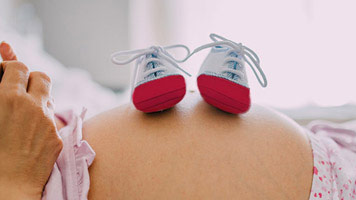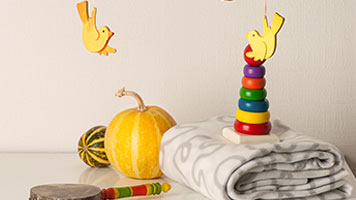What are the costs of having a baby?
May 2021 – 4 minute read
What’s in this article:
- Baby costs in the first year
- Cost of a baby per month
- How to save on baby items
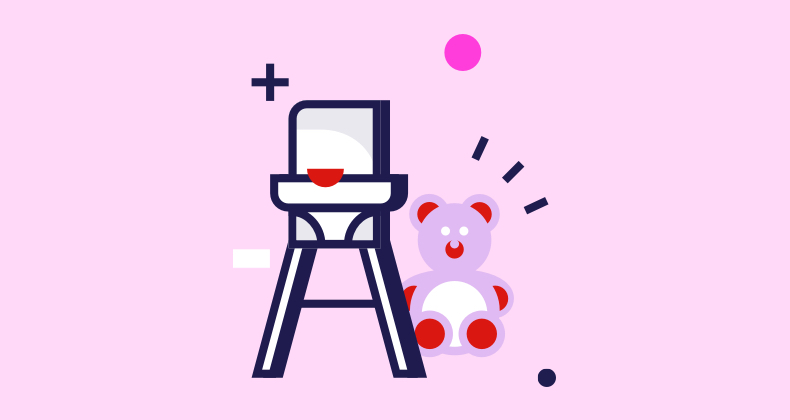
You’re probably planning your baby’s name, what they will wear, how you will organise your time to care for them, and how you might decorate their room. But have you thought about how much money is invested, on average, during a baby’s first year of life? Simply put, how much does it cost to have a baby?
How much does a baby cost in the first year?
A 2019 report from IBISWorld listed the average cost of having a baby as $7,918 per year, for the baby's first four years. We’ll break down the total cost of a baby for one year here.
Annual cost of a newborn (PDF 57KB)
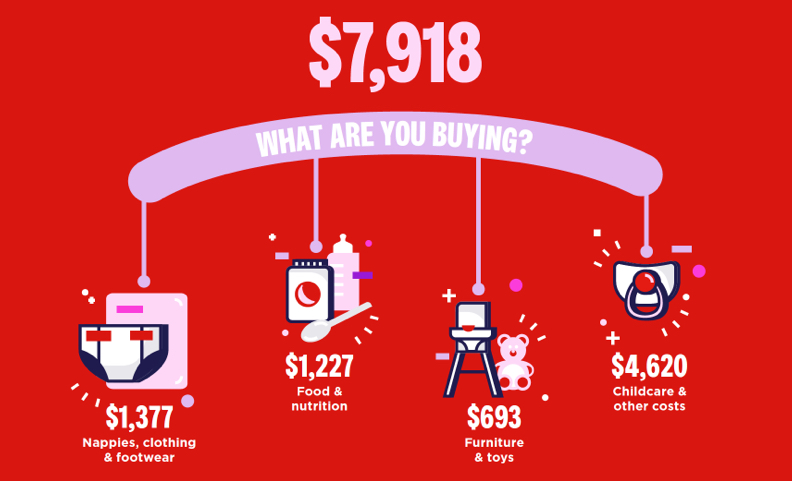
| Product/Services | Average cost per year | Percentage of overall cost |
|---|---|---|
Nappies |
$606 |
8% |
Clothing |
$649 |
8% |
Food/Nutrition |
$1,227 |
15% |
Furniture |
$441 |
6% |
Toys |
$252 |
3% |
Footwear |
$122 |
2% |
Childcare |
$4340 |
55% |
Other merchandise |
$280 |
4% |
Total |
$7918 |
100% |
Cost of a baby per month
Based on the annual cost of having a baby, the monthly cost is between $650 and $700. It's common to spend more leading up to your baby's birth and in the first few months as you purchase your baby's furniture and toys, and then around $600 per month after this period.
Nappies
Babies can use as many as 3,000 nappies in the first year of life. They’ll go through more nappies as newborns and will start to use less as they grow older and start eating solid foods. Some parents will choose to use cloth nappies to reduce the wastage and expense of buying disposable nappies. However, if you’re going with disposable nappies, look for discounts or buy in bulk to reduce the costs.
Clothing
Babies require more clothing than you might think. They grow very fast, and sometimes need a few changes per day. Keep an eye out at market stalls or op shops for good deals on baby clothing and take advantage of hand-me-downs from friends or family, when possible.
Food and nutrition
The cost of baby food and nutrition will vary depending on the family. If a baby takes breast milk instead of baby formula, this will naturally cost much less. Once a baby can eat solid foods, prepare your own purees to save a few dollars. When you go for check-ups with your obstetrician, be sure to ask if there are any samples you can get for baby products!
Furniture
The cost of furniture will depend largely on what you can borrow from family and friends, or find at low prices, second-hand. Baby furniture includes changing furniture, a car seat, high chair, cot and more. Not all of these baby items are necessary, so work out what you can improvise to reduce costs.
Toys
Perhaps one of the most variable expenses is the toys you buy for your child. In this category, you can often find good quality toys being sold second hand, or recycle household objects as baby toys.
Footwear
Babies won’t need shoes in their first few months, but you’ll want a good pair when they start walking, especially outside. Look for an affordable, supportive pair at a discount retail store. Keep in mind, babies grow quickly, so don’t buy them too tight.
Childcare costs
This breakdown of baby expenses shows that daycare is, on average, the largest cost. For the first few weeks, you’ll likely be using your parental leave. Afterwards, there might be alternative arrangements you can make, like a babysitter or organising flexible working hours.
Other merchandise
When making a substantial purchase for your baby, consider if it’s absolutely necessary, and if the baby is going to need the item long-term. This will help you determine which product to buy when prices vary.
Before purchasing parenting books and magazines, remember you can find just about all the information you're going to need by searching for resources online, without spending a single dollar.
How to save on baby items
A lot of the items on your baby checklist are essential. There’s no getting out of buying a baby car seat or baby clothing, but there are still some ways you can save on these costs. Here are our top 9 tips for saving money as you tick off your newborn checklist.
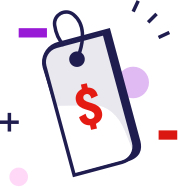
1. Buy baby items on sale
A simple way to save on baby items is to purchase the items from the display - especially if there are no more products available for sale. Often, these display items will be cheaper than baby products from the shelf. Speak with a sales assistant to see if this is an option. It never hurts to ask.
2. Don’t impulse buy
Let’s be honest, there’s something about baby items that just has an effect on us. They’re so soft and cuddly, and it’s easy to fall into the trap. Make sure that you do your research, compare prices and take advantage of the offers. If you’re not 100% sure about an item, give it a day to think it over and talk to someone whose opinion you trust.
3. Shop in advance
Some baby products, like nappies, can be bought in advance. If you’re shopping for nappies, wipes, soaps or baby powder, regularly check for discounts and offers, and when you’ve found a good one - make the most of it.
4. Shop at both the supermarket and the pharmacy
Some baby products are sold at both the supermarket and the pharmacy, and typically they will be sold at different prices. Check at both stores every so often to know which products to buy at each location.
5. Sell what you don’t need
If you know you aren’t going to be having any more children, you aren’t going to need to keep most of the items you buy. Things like baby toys, clothes and footwear will still be in great condition when you have to replace them. To get some extra money, try to sell unused items at online marketplaces.
6. Do it yourself
Take time on DIY projects. There are so many options for decorating your child’s room, making toys and cooking food. It’s a great excuse to have fun and you might be able to involve your bub in the project too.
7. Buy second hand
Second hand shopping is one of the best ways to make some unbeatable savings. Baby products are usually only kept for a few years as babies grow so fast, so you can often find some new or near-new items for half the store price (or less).
8. Add it to your baby shower list
If you’re hosting a baby shower, you can make a register and let your guests know which items you already have and which items you need. Often, your guests might even have had babies of their own and can help you save some money on things like toys and changing tables.
9. Use coupons
One great way to save a few dollars every time you shop is to use coupons. There are so many places where you can find discounts if you know where to look. Search for coupons on your receipts and in catalogues, or search online before you buy.
We’re here to help
Welcoming a new family member is one of the largest and most important investments for many Australians. While it may seem a lot at first to put together $8,000, with patience and discipline, you’ll get in the habit of budgeting for your little one in no time.
If you would like to learn more about your finances, we’re here to help. See our Having a Baby Hub for more information.
Things you should know
This information is general in nature and has been prepared without taking your objectives, needs and overall financial situation into account. For this reason, you should consider the appropriateness for the information to your own circumstances and, if necessary, seek appropriate professional advice.
© Westpac Banking Corporation ABN 33 007 457 141 AFSL and Australian credit licence 233714.

